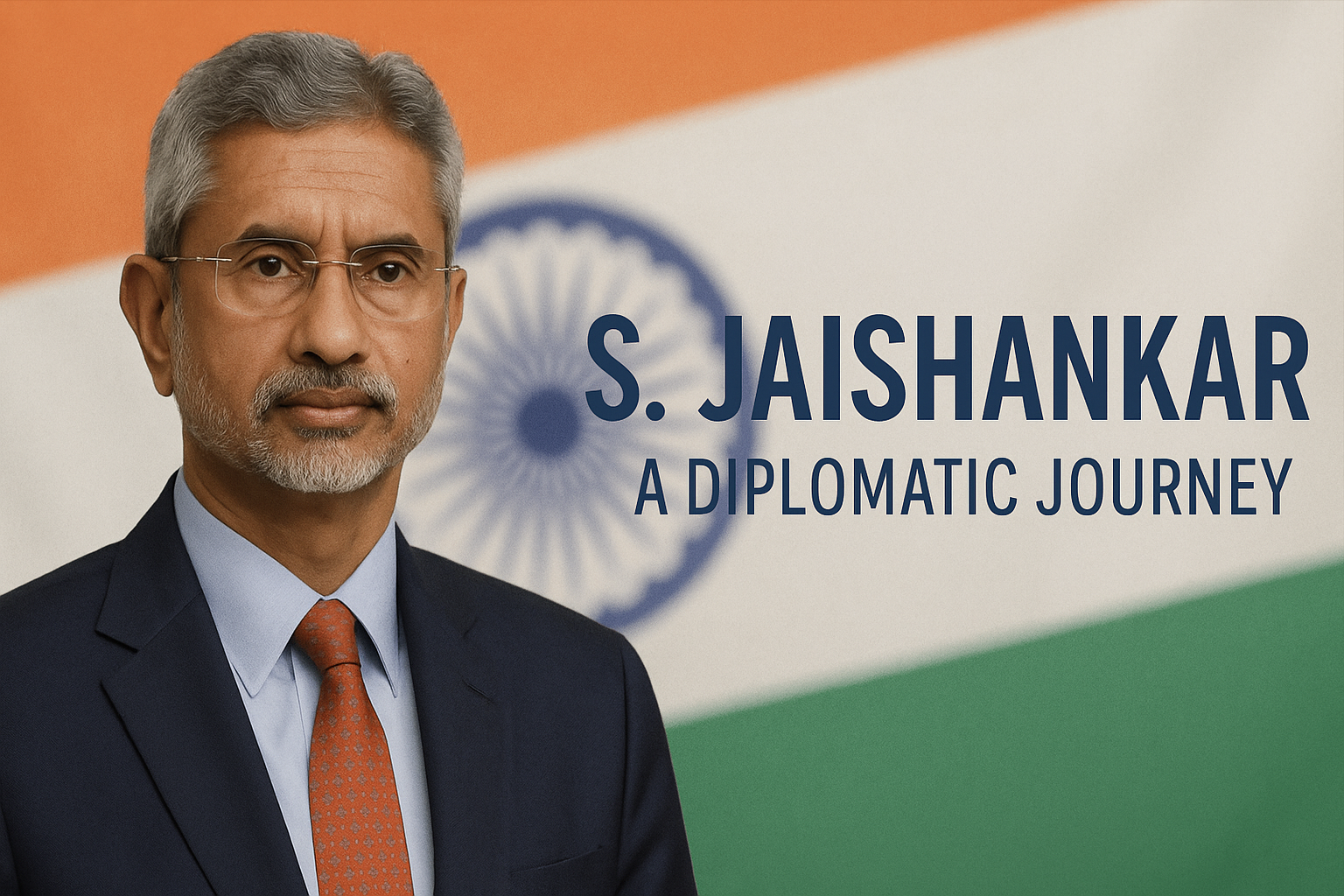भारत का संवैधानिक विकास और Regulating Act से सम्बन्धित इतिहास का सामन्य ज्ञान
By Ravi | General knowledge | Sep 15, 2017

Polity General knowledge for ssc, railway, upsc upcoming 2017-18 exams, Polity 25 objective question, important polity gk question answers shared by Amazon Academy dehradun
Constitutional Development of India
" Constitutional development " in India started after the British came to India because they duly implemented the statute laws. However, in view of this, they can be divided into three phases of the development of the Constitution of India, keeping in view the ancient Indian traditions and customs.
Regulating Act - 1773
Through this Act : -
Act of Settlement
Through this Act : -
Pits India - Act 1784
Through this Act : -
Note :- Dual control system - from the directors of the court and from the board of directors
Act of - 1786
By this, the Governor General was given the powers of the supreme commander and it was also given the power to decide independently of the council by canceling the control.
Charter Act -1793
Through this Act :
Charter Act -1813
Through this Act : -
Note : - British missionaries get Permission to settle in India
Indian Council - 1833 Act
Through this Act : -
Note : - Indian Council Act 1893
Through this Act :-
Note - This act was the first consequence of the work of the Indian Congress, the Council of the Act laid the foundation of the work affecting the executive and laid the foundation of the representative government.
Indian Council Act – 1893
Through this Act : -
Note - This act was the first consequence of the work of the Indian Congress
The work of influencing the "Councils to the Councils" of this Act, and laid the foundation of the representative government.
Government of India Act – 1909
Through this Act : -
Important Gk Question Asking for Upcoming SSC CGL, FCI, SSC Data Entry, Stenography Exams-2017-18
Constitutional Development of India
" Constitutional development " in India started after the British came to India because they duly implemented the statute laws. However, in view of this, they can be divided into three phases of the development of the Constitution of India, keeping in view the ancient Indian traditions and customs.
Regulating Act - 1773
Through this Act : -
- Governor of Bengal was given the status of the governor's journal of Bengal.
- "The Presidencies of Madras and Bombay" were under the control of "Bengal Presidency".
- A "four-member executive" was formed to give advice to the governor.
- A "federal court" was established in Calcutta and "Sir Elijah Impey" was made the court's first "Chief Justice".
- The first attempt to stop the "Gifts and honor " Given by the Company's employees was done by this act.
- "Political activities of the company" received recognition by the same act
- "Double rule" was abolished in Bengal.
Act of Settlement
Through this Act : -
- Order to improve the living conditions of Indians by amending the Act of 1773
- The provision was made to remove the deficiencies in the Regulating Act.
- According to this act, the government of Calcutta was given the authority to make laws for Bengal (Bengal), Bihar and Orrissa too.
Pits India - Act 1784
Through this Act : -
- "Board of Control" was set up which contained 6 members.
- The number of members of the “ Executive Council ” of “Governor General ” was reduced from 4 to 3.
- The three-member secret society of the company's directors was constituted.
- The "presidency of Bengal" was extended to control the presidencies of "Bombay and Madras".
- The actual authority of the country's rule was transferred to the Chairman of the Board of Control.
- The number of members of the governor general's executive (subdued from 4 to 3
Note :- Dual control system - from the directors of the court and from the board of directors
Act of - 1786
By this, the Governor General was given the powers of the supreme commander and it was also given the power to decide independently of the council by canceling the control.
Charter Act -1793
Through this Act :
- "Governor General" was made "supreme commander" He was given the right to cancel his council's decision.
- It was decided that the "members" of "Board of Control" and the salary of the British army working in India would be paid by "Indian Revenue".
Charter Act -1813
Through this Act : -
- " Monopoly " of " East India Company " on trade with India was abolished. But it remained in relation to China and in relation to tea.
- "Missionaries" were allowed to promote religion in India.
- There was a provision of "one lakh " Expenditure to encourage "education and literature".
- In relation to "training" of the company's employees, "Board of Controls have been given rights."
- In general Indian business opened up for " British subjects "
Note : - British missionaries get Permission to settle in India
Indian Council - 1833 Act
Through this Act : -
- "The fifth member " was appointed in " Viceroy's council " and he was given the right to make rules for the operation of the Council's work. Based on this, Lord Kenning introduced the "Port Folio Department" system.
- "Governor-General" was appointed by the "Executive Council" to appoint lawmakers for 6 to 12 additional members of which half could be "non-governmental", but no actual rights were given to it.
- "Presidencies" of "Madras and Bombay" were given "law rights" in their territories, "law rights" and they were also created "governor general ".
Note : - Indian Council Act 1893
Through this Act :-
- The number of additional members of the Law Council of the Government of India was given from 10 to 16, in which minimum 40 percent of the Non - official were required. The unexpected election of these non-governmental people started
- The right to ask questions of the law making institutes and debate on the budget was given in the form of a statutory form.
- The members of the " Legislative Council " gave the opportunity to criticize the government's economic policies.
Note - This act was the first consequence of the work of the Indian Congress, the Council of the Act laid the foundation of the work affecting the executive and laid the foundation of the representative government.
Indian Council Act – 1893
Through this Act : -
- In addition to the " Law Council " of the Government of India, the "number of members" was given from 10 to 16, with minimum 40 percent required to be "non-governmental". "Non-indigenous election" of these "non-governmental people" started
- The "Lawmaking Institutions" were given the right to debate on "Questions" and "Budget".
- Give members of "Legislative Council" an opportunity to criticize the government's economic policies.
Note - This act was the first consequence of the work of the Indian Congress
The work of influencing the "Councils to the Councils" of this Act, and laid the foundation of the representative government.
Government of India Act – 1909
Through this Act : -
- " Separate communal franchise" provision was made for "Muslims"
- "Member Number" of MLA was increased and the number of members of " Central Legislature " was increased from 16 to 60.
- The number of "non-official members" was increased which were chosen by "election and recommendation"
- "Council of the Governor-General" and "Indian members were appointed in the Council of the Indian Council.
- Asking the proposal of the legislature and asking for supplementary questions and giving more rights in relation to the budget
- " Imperial Council " replaced by " Two-Member Legislature "
Important Gk Question Asking for Upcoming SSC CGL, FCI, SSC Data Entry, Stenography Exams-2017-18
- Under which "Act" was established in the center "Double Rule " - Government of India Act 1935
- Which year was passed the " Regulating Act " - 1773 AD
- Under which Act " Supreme court ” was established in year 1774 - Regulating Act - 1773
- Which Act is known as " Montagu–Chelmsford Reform " - Government of India Act - 1919
- Through which act " Bi-social system " was created in the center - Government of India Act – 1919
- " Provincial Budget " was " Separated from the central budget " under which Act " - Government of India Act - 1919
- Which " Indian person" first got membership in "Executive Council" - SP Sinha
- Under which "act" was introduced for the first time " Election System " - India Council Act-1892
- Which Act Gave the Privilege of issuing " Ordinance to Viceroy " - India Council Act-1861
- Under which "act" the East India Company in China was abolished the monopoly of tea trade with China - Charter Act - 1833
- Under which "act" the " Governor General of Bengal" was made “Governor General of India” - Charter Act - 1833
- Under which " Act " Slave system" was terminated - Charter Act 1833
- The Commercial monopoly of " East India Company " was terminated under which Act - Charter Act-1813
- Under which “ Act " the business rights of the company were extended to 20 years in India - Charter Act Charter Act, 1793
- Under which " Act " a Council was established for the rule of " East India Company in Bengal " - Regulating Act 1773
- “Christianity Propagators " were allowed to settle in the Indian territory through the provisions of "Act" - Charter act-1813
- The " Marley Minto Reform Bill " was related to what - separate electoral system
- In which year was the " Marley-Minto Correction Bill " Passed - 1909
- What was arranged in the "India Council Act" in 1909 - Communal Representation
- " Provincial Autonomy " was a key feature of which Act - 1935
- Which Party was the government in England at the time of Independence in India - Labor Party
- In India, the "India Secretary Post" was created by " the Act" - Government of India Act -1858
- How many important committees were created by the " Constituent Assembly " for constitutional creation -13 committees
- In which year the first Draft of the " constitution " was prepared - 1947
- Under which " act " " the governor of Bengal " was made " the Governor General of India" - the Regulating Act









.png)


